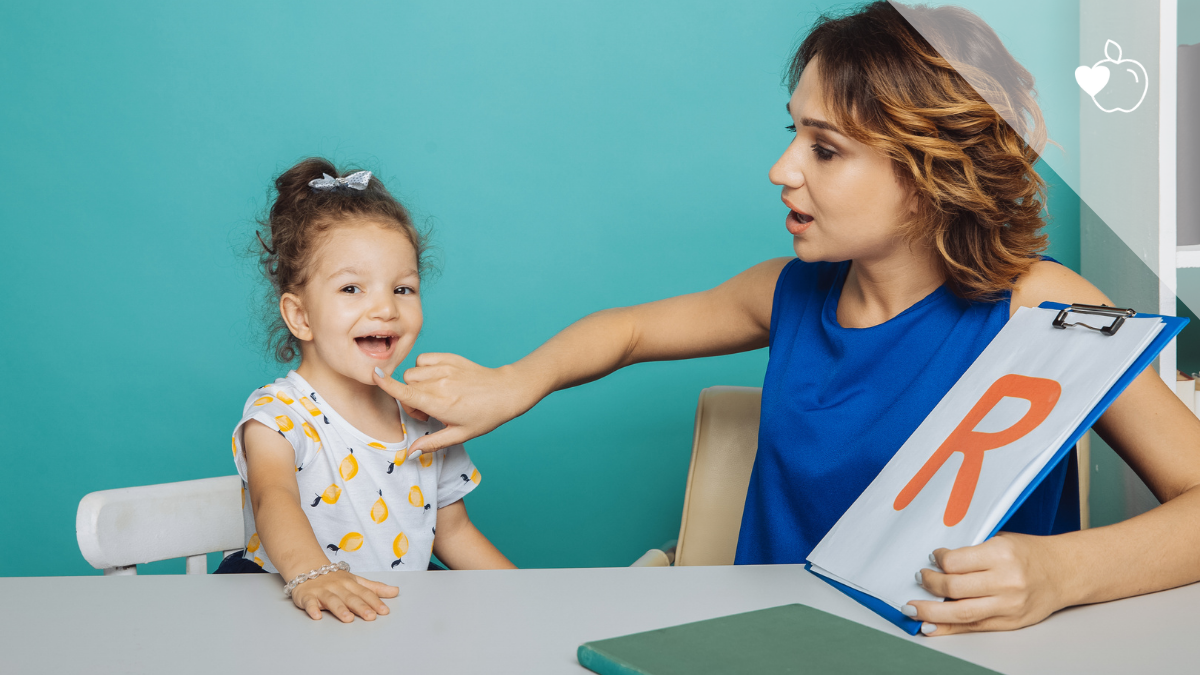Many classroom teachers have long viewed reading aloud as a luxury, an added expense that can be cut from the classroom “budget” in order to make room for more important instructional activities in the already overcrowded curriculum.
In its 1985 report, Becoming a Nation of Readers, the Commission on Reading (in the USA), stated that “the single most important activity for building the knowledge required for eventual success in reading is reading aloud to children.” The commission further stated that reading aloud in the classroom is a practice that should continue throughout the grades.
By reading aloud, it gives the teacher an excellent opportunity to model “thinking while reading” by THINKING ALOUD.
When reading aloud, the activity can be divided into three stages:
STAGE 1: Before reading
- Look at the cover (teacher and class together)
- What clues do the title give us about the story?
- Who is the author? The illustrator?
- Why will we read this? For fun (when it is a story)? For information (when it is informational text)?
- Is this a real or imaginary story? Why?
- What do we know about the subject?
- Any predictions?
STAGE 2: During reading
- Model repair strategies by thinking aloud to correct miscomprehension (e.g. This did not make sense…I should read it again. What do I know this far? What is this about?). Read aloud allows developing readers to view fluent and meaningful reading, but we can occasionally make the reading process even more transparent by thinking aloud. When you think aloud, you can stop reading from time to time and share how you’re negotiating the text and constructing meaning. For example, you may make an error while reading aloud, on purpose or by accident. This provides a wonderful opportunity to show students what good readers do when they run into difficulty. When you make an error, stop reading and share your thinking.
- Model thinking about text (e.g. this makes me think about….I think….what is going to happen next?…now I’m confused!…this is interesting because….I wonder why….?)
- Model inferencing (e.g. look at this boy’s face – he does NOT look very happy…)
- Make associations . To self : when reading about a little bear who wouldn’t go to bed, the teacher might ask who has done the same when they were small. To other texts: when reading a book about a hen who has made a pizza, the teacher can ask if they know the book about the hen who baked bread. To the world: when reading The Lorax, the teacher can discuss pollution.
- New vocabulary: select appropriate words beforehand to teach
STAGE 3: After reading
Discussion:
- What was the book all about?
- Were our predictions correct?
- What do we think about the end?
- Do I agree?
- Did I learn something?
- New vocabulary (Contextualize the word, have the children say the word, provide a child-friendly explanation of the word, give examples of the word used in contexts different from the story context, interact with the word, say the word again)
Extension activities
- Summary and story-elements
- Drawings – especially in Grade R and 1
- Writing tasks – e.g. Write a diary entry by Goldilocks about her experience in the bears’ house.
- Dig deeper – e.g. find information about wolves after reading Little Red Riding Hood.
TIPS:
- Put post-its/ notes in books to remind you of different questions/ responses while reading
- Read a book more than once a week, especially in Grade R
Further information:
https://notjustcute.com/2011/04/04/reading-aloud-is-more-than-just-reading-and-an-introduction-to-brontorina/
The above link will take you to a word-by-word example of a read-aloud.
The following three links will take you to YouTube for a read aloud demonstration:
This article was originally published in Teacha! Magazine 2.2. To take a look at the latest edition, click here.



